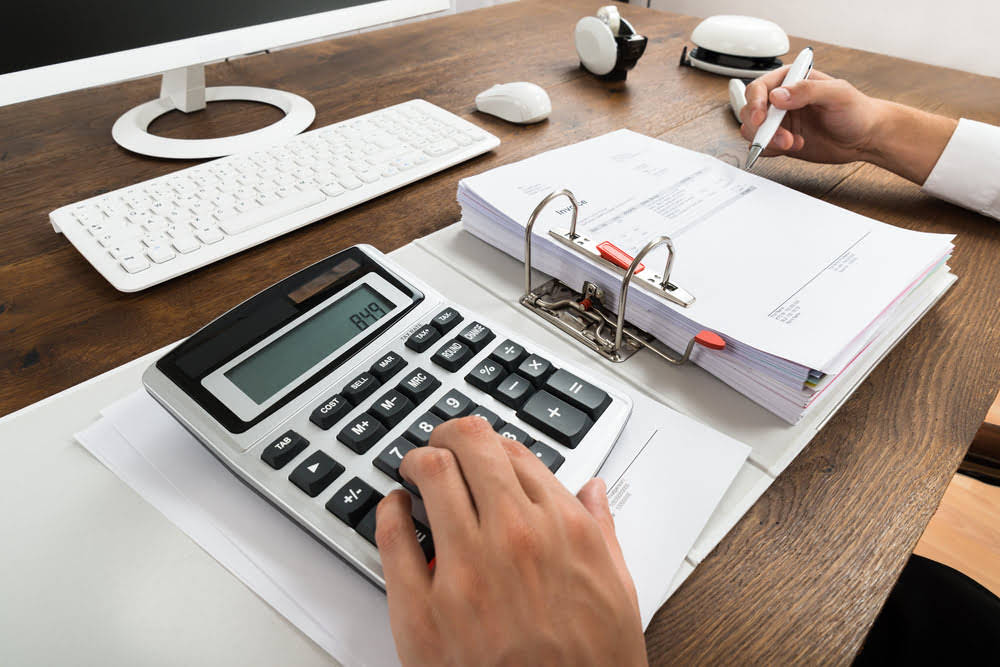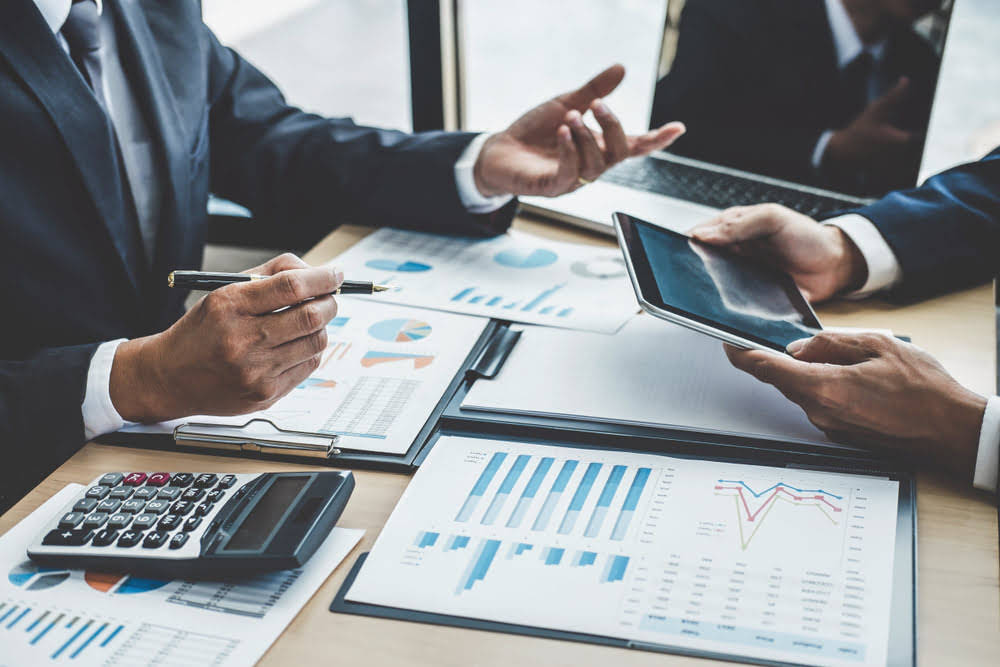Direct labor includes only wages paid to workers who directly contribute to the formation, assembly, or creation of the product. Direct labor would not include, for example, salaries for factory managers or fees paid to engineers or designers. These employees are involved in the creation of the product concept and the day-to-day operation of the business rather than the hands-on assembly of items for sale.
Prime cost is the aggregate of direct material cost, direct labor cost, and direct expenses. It is also known as ‘flat cost,’ ‘first cost,’ or ‘direct cost.’ Once the cost of raw materials has been ascertained, the cost of direct labor and direct expenses is known. Prime costs are the sum of direct costs incurred during the manufacture of a product. These costs comprise raw material and direct labor in the production process but do not include indirect expenses (e.g., factory rent or supervisor’s salary). To calculate the prime cost formula, take the direct raw materials costs and add them to a business’s direct labor costs, both found on the balance sheet. The two components of prime cost formula are direct materials and direct labor.
- They can accurately calculate the prime cost per dish by analyzing the direct costs of ingredients (direct materials) and labor required to prepare dishes (direct labor).
- The conversion cost takes labor and overhead expenses into account, but not the cost of materials.
- The company must sell each bed frame for more than $725 to generate a profit.
- Conversion costs can also be helpful in identifying any wastages during the manufacturing process.
- Even service-based businesses can benefit from prime cost analysis when calculating the direct costs of delivering their services, enabling them to better manage and control costs.
These profits are generated by selling goods or services in exchange for revenues. Revenues are sale proceeds obtained from the sale of the aforementioned goods or services known as the products of those businesses. After business generate revenues, all the costs related to the products that are sold are subtracted from the revenues, to determine the profit that is generated by the business.
What is not included in prime cost?
An analysis of the figures also helps control costs, assisting manufacturers in identifying areas where they can optimize resources and reduce expenses. Additionally, it’s instrumental in inventory valuation, as it helps determine the value of raw materials and work-in-progress inventory. You can identify which products or services are more cost-effective and which need optimization. Comparing the prime costs across different offerings helps you drive these insights.
Subsequently, all other expenses are subtracted from the gross profit to calculate the net profit of the business. The first element of the prime cost calculation is direct materials, which encompass the physical parts that make up your product. Not all production processes are the same, some of them are very hard to separate the direct and indirect cost, and it will incur more cost to get it done while benefits are not much. If the selling price of a product does not adequately cover its prime cost, the company risks operating at a loss. Businesses can set competitive and profitable pricing strategies by analyzing the costs.
This exclusion is based on the consideration that such costs are not representative of day-to-day cost levels. The insights influence strategic decisions, such as resource allocation, product mix adjustments, and investment prioritization. Our mission is to empower readers with the most factual and reliable financial information possible to help them make informed decisions for their individual needs. Our writing and editorial staff are a team of experts holding advanced financial designations and have written for most major financial media publications. Our work has been directly cited by organizations including Entrepreneur, Business Insider, Investopedia, Forbes, CNBC, and many others. We follow strict ethical journalism practices, which includes presenting unbiased information and citing reliable, attributed resources.
Example of Prime Cost
Businesses allocate overhead costs among their products based on the amount of indirect resources used to manufacture them. Factory rent, advertising, and supervisors’ wages are some of the most common overhead costs. Prime cost analysis lets companies pinpoint areas where direct expenses can be minimized without compromising product quality or customer satisfaction. https://kelleysbookkeeping.com/ It helps negotiate better deals with suppliers for raw materials and optimize labor utilization. Calculate direct material and labor costs to calculate the prime cost in your organization. Prime cost includes all costs directly attributed to the production of output, and consists of expenses like direct material, direct labor, and other direct expenses.
Numeric Example of Prime Costs
The word prime stems from the Latin word ‘prôtos’, which means first in existence, or the first in order. Just as prime numbers are indivisible, prime costs refer to the direct costs of raw materials and labor that are essential to manufacturing a product. Prime cost is https://business-accounting.net/ essential in cost analysis and decision-making as it represents the direct expenses incurred in production. It allows businesses to assess their profitability accurately, set competitive prices, and make informed decisions about resource allocation and cost control.
Which Costs Are Both Prime and Conversion Costs?
Similarly, when calculating the conversion cost of a product, the production or factory overheads of the product are considered. These production overheads are ignored when calculating the prime cost of the product. Examples of these costs include expenses on raw materials and direct labor. In contrast, total production cost encompasses all costs incurred in the production process, including direct expenses and factory overhead costs.
Prime Costs Vs. Conversion Costs – What are the Key Difference?
The cost of labor and payroll taxes used directly in the production process are part of prime costs. Labor that is used to service and consult the production of goods is also included in prime costs. Direct labor examples might include assembly line workers, welders, carpenters, glass workers, painters, and cooks. The conversion costs can also be used as a measure of the efficiency of the production process.
However, commissions paid to salespeople who act as intermediaries between the manufacturer and the consumer are included in the prime cost equation. Indirect costs, such as utilities, manager salaries, and delivery costs, are not included in prime costs. One reason why indirect costs are excluded from the prime cost calculation is that they can be difficult to quantify and allocate. Similarly, the direct labor cost of a single bicycle will include $10 paid to the assembly worker, $2 ($8 per hour / 4 bicycles) paid to the worker that paints the bicycles. The compensation paid to the warehouse keeper is not considered as direct labor as it is not attributable to a single bicycle. Prime costs are a great tool to measure the efficiency of the production process.
It excludes indirect costs such as rent, utilities, and administrative expenses. By excluding indirect costs, prime cost provides a more accurate picture of the direct costs of producing goods. Direct material is the main component of prime cost and includes raw materials and supplies consumed directly during the production of goods. Any materials or labor whose direct association in the production process cannot be established must be excluded from the prime costs.
This classification can also be helpful in the budgeting process of a business. Now that you understand the components of prime cost, let’s dive into calculating it. Reusable tableware isn’t considered direct material; as https://quick-bookkeeping.net/ a general rule, direct material must be something the customer can (legally) leave with. However, the little paper umbrellas that adorn every cocktail are counted as direct material since they’re disposable garnishments.








